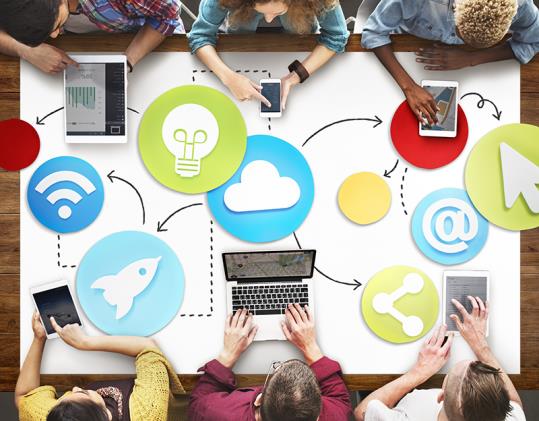Social media has become an integral part of our daily lives, with people spending a significant amount of time scrolling through their feeds, sharing their thoughts and experiences, and connecting with others. In recent years, social media has also become a valuable tool in education, offering new opportunities for learning and engagement. In this article, we’ll explore the benefits of using social media in education and how it can be leveraged to enhance the learning experience. If you want to get more information visit realestatespro.
Benefits of social media in education
Increased engagement: One of the most significant benefits of using social media in education is the increased engagement it can offer. Social media platforms like Facebook, Twitter, and Instagram can be used to share information, ask questions, and start discussions, encouraging students to participate in the learning process actively. If you want to get more information visit toyroomstore.
Enhanced communication: Social media can also improve communication between students and teachers. Through social media, students can communicate with their teachers outside of the classroom, ask questions, and receive feedback on their work. This can lead to more personalized learning experiences, as students can receive individualized attention from their teachers. If you want to get more information visit sensongs.
Access to information: Social media can also be used as a platform for sharing and accessing information. Teachers can use social media to share resources, links, and videos that supplement classroom learning. Students can also use social media to research and learn about new topics and ideas. If you want to get more information visit solonvet.
Collaboration: Social media can facilitate collaboration between students. Students can work together on projects and assignments, share ideas, and provide feedback to each other. This can lead to more effective group work and better outcomes. If you want to get more information visit livebongda.
Leveraging social media in education
When it comes to leveraging social media in education, there are several ways teachers and students can incorporate social media into their learning experiences.
Twitter chats: Twitter chats are an effective way to engage students in real-time discussions. Teachers can create hashtags related to specific topics and encourage students to participate in the conversation. Twitter chats can also be used to connect students with experts in various fields.
Blogging: Blogging is a powerful tool for reflection and self-expression. Teachers can encourage students to create blogs where they can share their thoughts, ideas, and experiences. This can help students develop their writing skills and improve their ability to communicate effectively.
Online discussions: Social media platforms like Facebook and LinkedIn can be used to host online discussions. Teachers can create private groups where students can discuss course material and ask questions. This can help students feel more comfortable asking questions and can lead to more meaningful discussions.
Visual storytelling: Social media platforms like Instagram and Snapchat can be used to encourage visual storytelling. Teachers can encourage students to create visual stories that convey their understanding of course material. This can help students develop their creativity and critical thinking skills.
Conclusion
Social media is a powerful tool that can be leveraged to enhance the learning experience. By providing new opportunities for engagement, communication, and collaboration, social media can help students develop critical thinking and communication skills that are essential in the 21st century. While social media can be a valuable addition to education, it’s important to use it in a responsible and ethical manner. Teachers and students must be mindful of privacy concerns and ensure that social media is used to enhance learning, not to distract from it. Ultimately, social media can be a powerful tool for education, helping to

